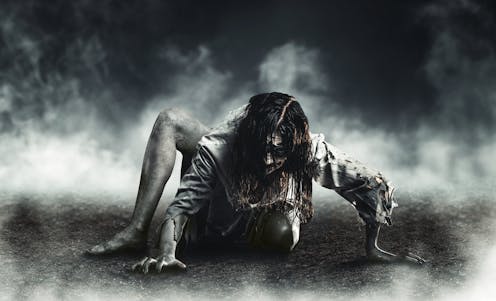It's only a book ... it's only a book! Australian horror writers confront the fears of the contemporary world
- Written by Ali Alizadeh, Senior Lecturer in Literary Studies and Creative Writing, Monash University

Formative childhood experiences often explain our cultural tastes and tendencies as adults. My mature – or, some might say, immature – interest in the horror genre may very well be the result of the curiosity caused by the parental prohibition against watching a rented Betamax copy of The Exorcist[1] when I was four or five years old and living in Iran, a prohibition that was ignored or withdrawn a few years later when I came to own copies of The Omen[2] (dubbed) and Friday the 13th: Part 2[3] (in its original, incomprehensible English).
My late teenage years in Australia were marked by the miseries of poverty, culture shock, racism and loneliness – and the respite offered by watching Braindead[4], Candyman[5] and Hellraiser[6] with a few other lonely lower-class kids, my first Australian friends.

















